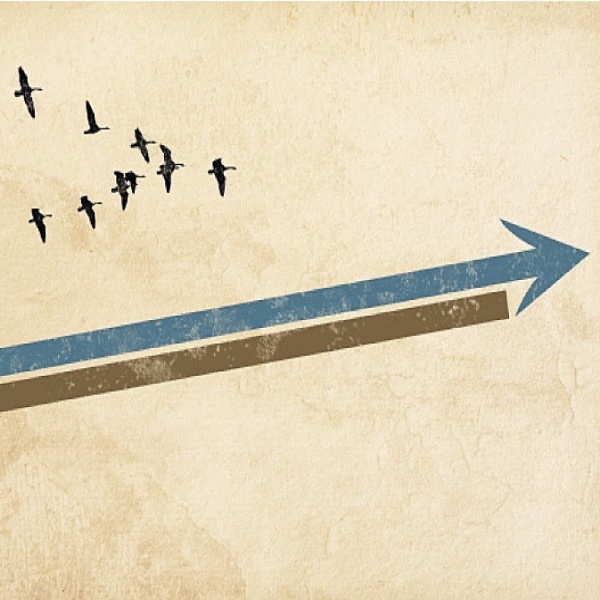Product Design and Brand Strategy?
Product Design and Brand Strategy?

Product Design and Brand Strategy?
Too often marketers and product developers don’t see the connection between product design and brand strategy. We’ve noticed this trend, especially with technology companies. Products can suffer growing pains if they are conceived, gestated, and born into the world without the guiding hand of the brand. On the flipside, brand strategy can have an enormously reassuring influence on the design of a product. In fact, our brand strategies exert positive influences on the product designs of most of our clients, in direct and indirect ways.
Here’s how.
Empathy
Brand strategy always starts with a thorough study of target audiences, which means understanding what makes them tick. Their needs, expectations, pains, and joys. When a brand really gets their user base and absorbs their point of view into the planning process, they can design more meaningful, more successful products.
Brand Promise
Brand strategy synthesizes a company’s business strategy, purpose, and product positioning into a distinctive promise that informs everything the brand stands for. Who the brand serves, what the brand brings to the table, and why it matters to people. Over the long months it takes to build a product, it’s tough to stay true to the emotional impact you hope your product will deliver. The promise at the core of your brand strategy is the beacon you can follow, with constant guidance to help you build a brand-appropriate product experience.
Brand Voice
How your product meaningfully connects with people matters more than you might suspect. You want the product to inspire meaningful feelings like excitement, amazement, or delight. Brand strategy sets the tone by establishing a voice that’s consistent with your promise. Brand voice is a delicate thing, which can include words, sound effects, and music. It doesn’t just fall out of the sky. It’s developed through a rigorous brand strategy process. It’s explored. It’s discovered. It’s developed. It rarely comes from QA engineers writing error messages.
Dialog
Ever make a mistake using an app? How can it be a mistake if you happen to press the wrong button in a confusing UI? Ninety percent of the time, when a user gets derailed in an app, it’s because the app itself is too complicated or the navigation is deranged. In other words, it’s not your fault, Citizen User.
So is it ever appropriate for a sensible brand to write the word ERROR in a dialog box? The clue is the term “dialog.” A product is a dialog with a user. A human being. A person. A person like you does not need a product to waggle a finger and issue a stern warning. If the product needs to help the user make a better decision, it’s called coaching. Encouraging. Extending a helping hand. Dialog. Not an error warning. Not lecturing. Not accusing. Not criticizing. Brand strategy provides guardrails for voice and behavior so your product doesn’t veer off track.
Once you’ve built a product with your brand strategy firmly in mind, you’ll wonder how you ever built anything without it. And whether you’re building an app, an online service, a mobile device, a piece of electronic hardware, a wearable gizmo, or any product that a human being touches, you’ll never build anything without a brand strategy again.
Emotive Brand teams up with clients to ensure that the brand strategy finds its way into the product experience to make a meaningful impact on users. To experience brand strategy the Emotive Brand way, give us a call.
To read more on this subject: Brand Strategy and the Value of Creative Design
Emotive Brand is a San Francisco branding agency.







